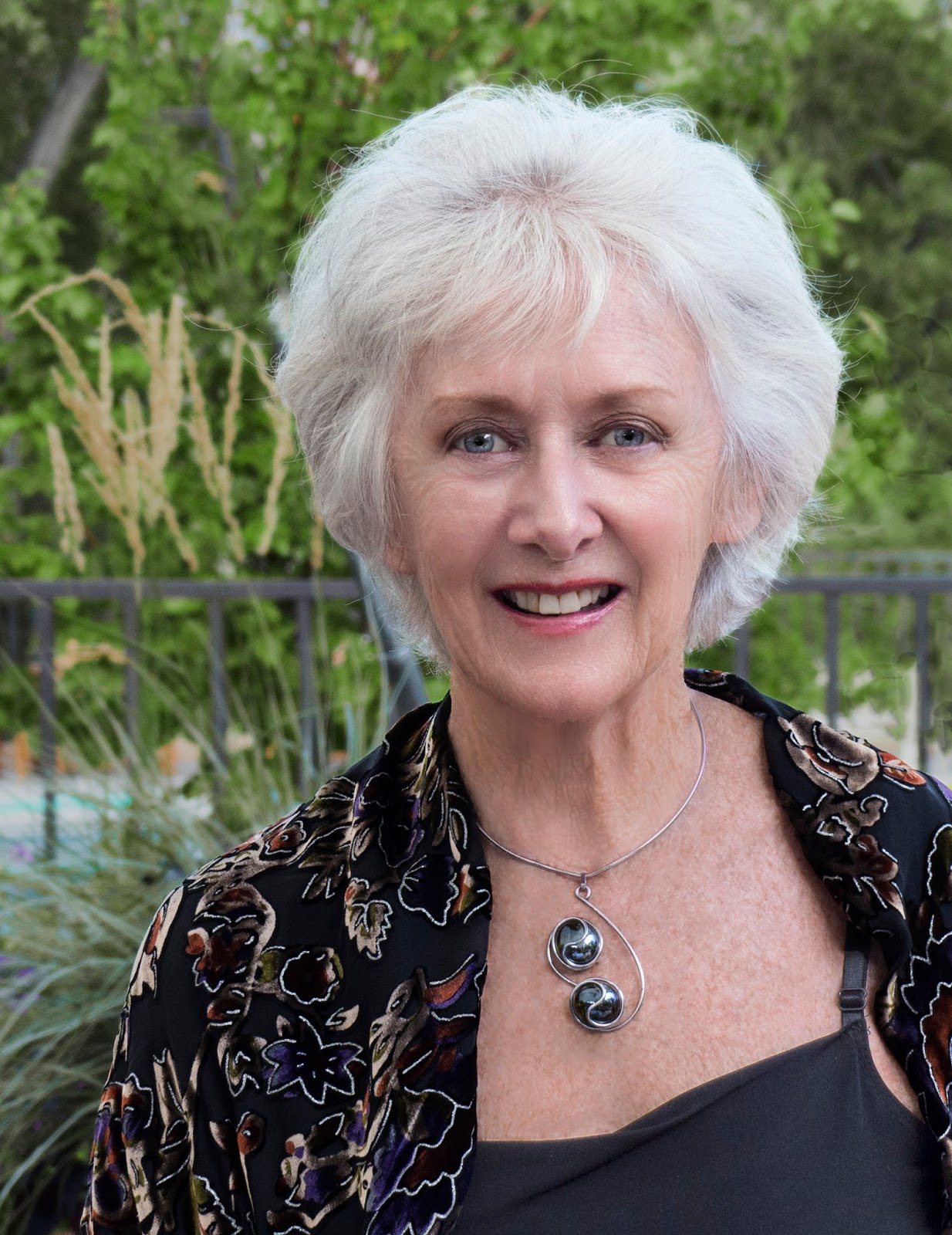 |
| Long Beach Symphony String Sextet: l-r Roger Wilkie, Chloé Tardif, Jonah Sirota, Andrew Duckles, Cécilia Tsan, Allan Hon. |
REVIEW
Long Beach Symphony String Sextet play Brahms and Hollywood, Mount Wilson
DAVID J BROWN
As well as being Artistic Director of the Mount Wilson Observatory Sunday afternoon “Concerts in the Dome,” the French-born, LA-based cellist Cécilia Tsan is also the Long Beach Symphony Orchestra’s Principal Cello, and for the penultimate concert in the 2023 season of this ever-more-successful series, she brought five of her distinguished colleagues from the orchestra’s string sections with her to play one of Brahms’ earlier masterworks, as well as a suite of extracts from over a half-century of iconic Hollywood movie scores.
LA Opus has been singing the praises (most recently by my colleague John Stodder Jr.) of these concerts ever since the inaugural series in 2017, but a recent encomium in another august publication beginning with “LA” (and with a somewhat larger readership) was responsible for most of last weekend’s capacity audience being first-timers at this unique venue—at least, that was as revealed in the show of hands requested by Mount Wilson Trustee Dan Kohne in his introductory talk.
But before a note of music was heard, the building’s grandiose mechanical theatricality once again thrilled newbies and old hands alike—the lofty boom and grind of the roof shutters opening like the doors of Valhalla, as resounding in their sonority as the inexorable slow turning of the whole dome was silent, and the latter motion, carrying with it the platform and audience, so smooth that eyes were inevitably fooled into perceiving the telescope on its mount at the center to be rotating, and not the floor and walls around it: all of this a tribute to the vision of the building's designers and the skill of its fabricators more than a century ago.
... and so this same optical illusion made the staircase leading up from the level beneath seem to slide round into position adjacent to the slightly raised platform (rather than the opposite which is what actually happens), and the members of the Long Beach Symphony String Sextet stepped into view—in addition to Ms. Tsan, they were Roger Wilkie, the LBSO’s Concertmaster; Chloé Tardif, Principal Second Violin; Andrew Duckles, Principal Viola; Jonah Sirota, Assistant Principal Viola; and Allan Hon, Associate Principal Cello.
Johannes Brahms composed his String Sextet No. 1 in B-flat major, Op. 18, in 1859-1860, but though he was still only in his late 20s, it can hardly be regarded as immature or a work of inexperience. He already had a solid reputation as a published and performed composer and was recognized as an important new musical voice. In addition his extensive study of earlier music had led to a declared commitment to maintaining continuity with the past.
 |
| 1860 portrait by August Weger of Johannes Brahms. |
The result was an expansive and generally genial work that at once manages to be memorably lyrical, confidently conceived in its Classical four-movement layout (I. Sonata-design first movement, II. Slow movement set of variations, III. Scherzo + trio, IV. Rondo finale), and intricately wrought for all six instruments in its bar-by-bar textural complexity.
The LBSO Sextet’s account of the Sextet was judiciously spacious, but vigorous and attentive to detail throughout, with the opening Allegro, ma non troppo movement running to a full quarter-hour due to the inclusion of its big exposition repeat (and who would not want a second chance to hear such a generous flowering of memorable melody?). The whole performance extended to just on 40 minutes.
For this concert I experimented with sitting well back along one of the “wings” of seating that the donut shape of the platform dictates, rather than within a few rows of the performers as at previous ones. Following with the score in hand I did find the inner viola parts somewhat obscured amidst the overall rich homogeneity of sound gifted by the dome’s acoustic, whereas the violins and cellos were strongly delineated—no more so than when Ms. Tsan’s cello sang forth Brahms’ long-breathed opening melody.
 |
| Hitchcock and Herrmann. |
As for Spielberg’s groundbreaking CGI tour-de-force, in the original movie the Tyrannosaurus attack that immediately preceded the Brachiosaurus scene was so compulsively thrilling that this viewer at least retained no memory of Williams’ gentle musical underpinning of the latter. Here, as the central “slow movement” of Sirota’s Suite, it was pleasant enough but not particularly memorable.
 |
| Erich Wolfgang Korngold. |
 |
| Jonah Sirota. |
It was good to see amongst the cheering audience several of the Long Beach Symphony’s management and directorial luminaries, including Kelly Ruggirello, President, and Roger Goulette, Chairman of the Board, enjoying their first Mount Wilson experience as well as supporting the home team. This concert was a triumph not only for the six LBSO musicians but the largest audience yet for Ms. Tsan’s and Mr. Kohne’s enterprising series. The final concert of this year, by the Los Angeles Reed Quintet, is already sold out.
---ooo---
100-Inch Telescope Dome, Mount Wilson Observatory, Sunday 10 September 2023, 3 p.m. and 5 p.m.
Photos: The performance: Stuart Matranga (top) and Todd Mason (remainder); Brahms: Wikimedia Commons; Herrmann and Hitchcock: chrisbuck.com; Korngold: Bard College; Sirota: Walter Pickering, courtesy artist's website.

.jpg)














